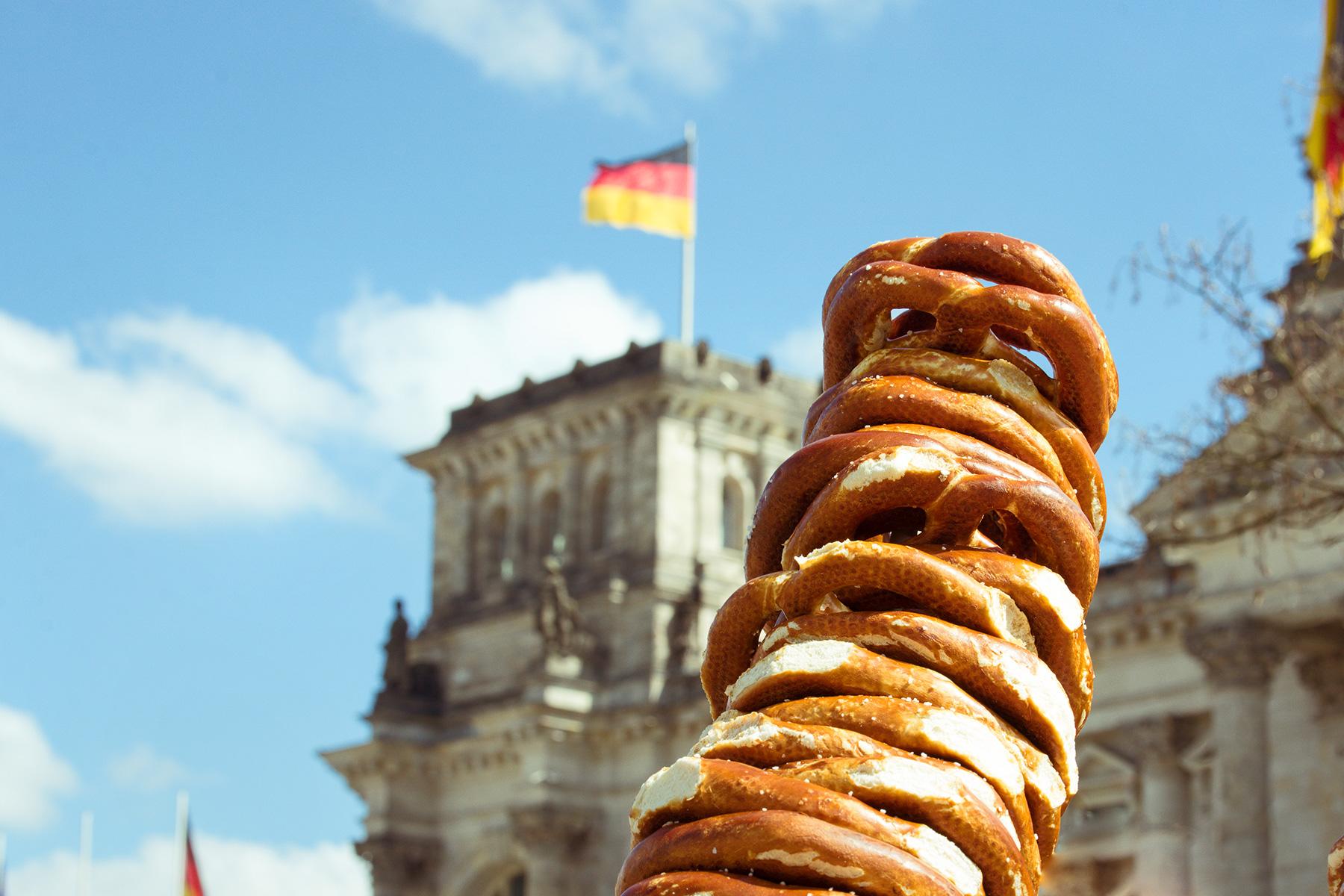It may be more difficult than you think to find some of these authentic dishes.
Like many world capitals, Berlin is a melting pot (or perhaps we should say a goulash stew) of cultures, nationalities, and religions that left their mark on the city. Its food scene is also a collage, with dishes from all over Germany. What’s more, a growing international population has created a market for cuisines from outside Germany as well. That means it can be easier to rustle up a bowl of Vietnamese Pho, a plate of Chinese dumplings or a dish of Peruvian ceviche, than to find some of the authentic Berlin dishes on this list. Get ‘em while they’re hot…and while they’re still around.




